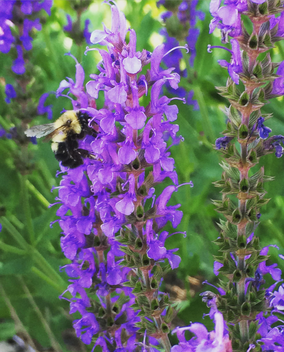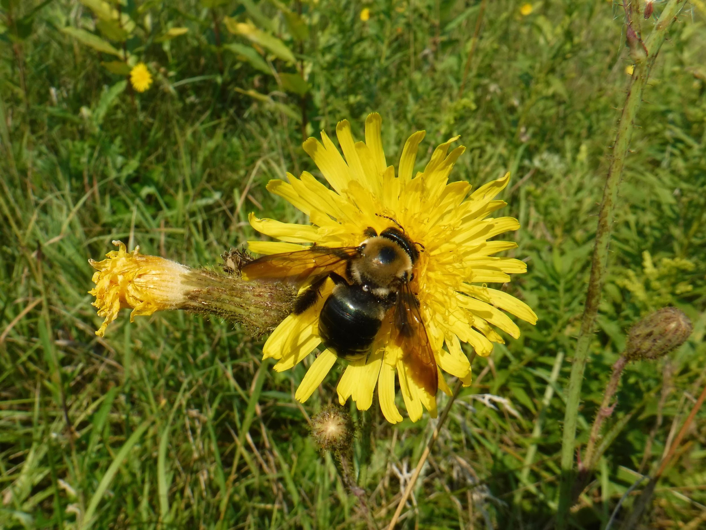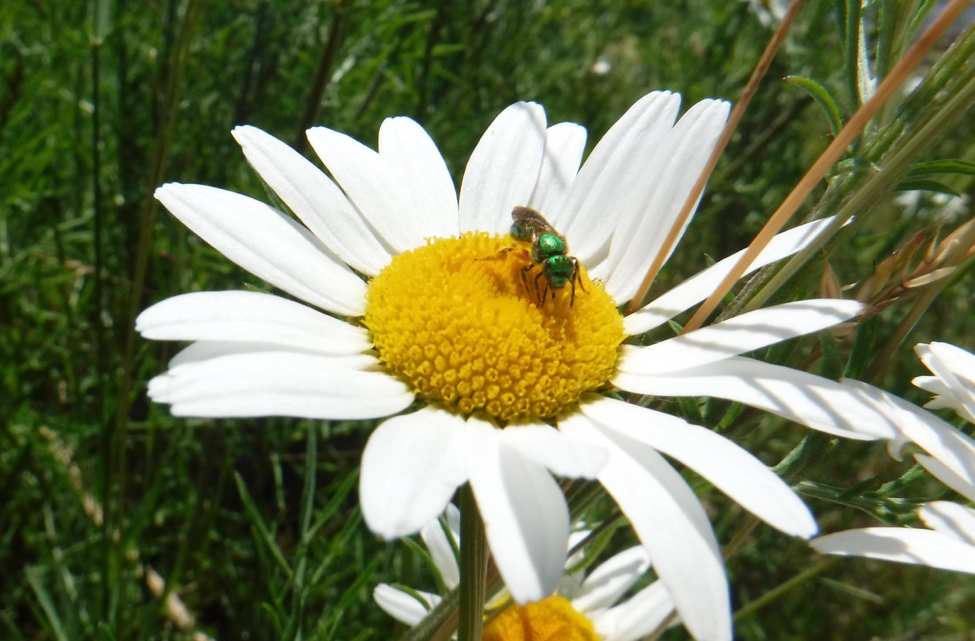|
By Shelby Gibson “Hey! Are you looking for Pokemon?” one of the boys yelled across the road. After a moment or two of delay, I realized he was talking to me. Caught off guard, I wasn’t sure exactly how to respond. I wasn’t looking for Pokemon. With a butterfly net large enough to catch a small dog, I was neck deep in tall-grass and wildflowers along the side of a back-country road. I was searching for bumble bees. It had been reported that a somewhat rare species had previously been found at this location. That’s what I was looking for. In a way, I guess I was searching for a Pokemon. While I didn’t find the rare species that I had been after, I did manage to find a great diversity of bumble bee species at this location. What many people don’t know is that there are nearly 20, 000 different species of bees in the world. That’s right! 20, 000. When we think of bees it is often of the honeybee, doing our agricultural housekeeping for us. Humans and honeybees have a relationship that dates back thousands of years. For centuries, we have observed the honeybee as a social colony, as a pollinator of our food, and as a producer of honey. Similar to the relationship we might now have with a dog, honeybees historically played an important role in human civilization. With that kind of history, it is no wonder the honeybee is the most prominent pollinator we think of today. When we do so, however, we are forgetting the wild, native bees that surround us every day. With the knowledge that there are 20, 000 species of bees in the world, and that honeybees make up just 1, searching for these wild bees can become like searching for a Pokemon. Some bees are so common it seems as though they are everywhere. Some bees choose to make an appearance every couple of years or so. Some bees an avid biologist might only have the chance to see once in their lifetime. These are the bees that exist in the wild, living in their native habitat, ensuring the continued health of the ecosystems and agricultural systems around them. In turn, ensuring the continued existence of human populations. So, when we think of the bees, we should acknowledge the wild ones, who truly are the bee’s knees. Perhaps we should get out there and search for that Pokemon, the one that we might only see once in a lifetime.
0 Comments
Leave a Reply. |
ELB MembersBlogs are written by ELB members who want to share their stories about Ontario's biodiversity. Archives
January 2023
Categories
All
|





 RSS Feed
RSS Feed